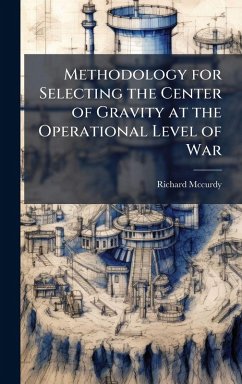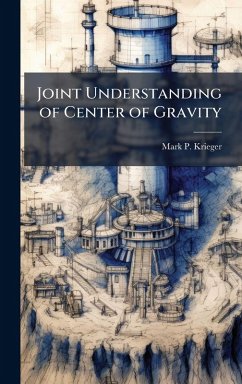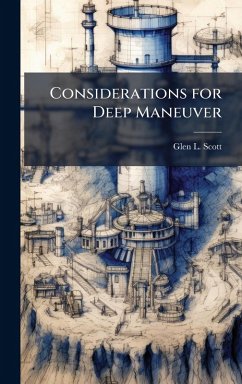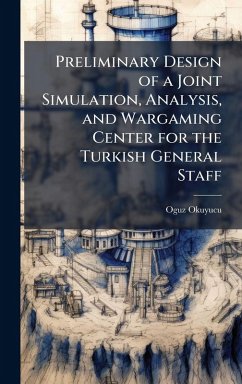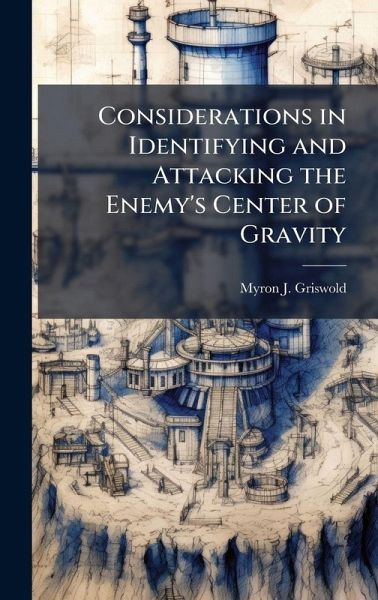
Considerations in Identifying and Attacking the Enemy's Center of Gravity
Versandkostenfrei!
Versandfertig in über 4 Wochen
25,99 €
inkl. MwSt.
Weitere Ausgaben:

PAYBACK Punkte
13 °P sammeln!
Central to the design and conduct of campaigns and major operations is the concept of gravity. However, a thorough understanding of this concept seems to be lacking within the U.S. Army. While some of this misunderstanding exists because of the Army's overall unfamiliarity with operational art, much of it can be traced to the inherent complexity of the concept of center of gravity. Therefore, the purpose of this study is to discern the key considerations that operational commanders and planners must understand to identify and attack the enemy's operational center of gravity. Following an evalu...
Central to the design and conduct of campaigns and major operations is the concept of gravity. However, a thorough understanding of this concept seems to be lacking within the U.S. Army. While some of this misunderstanding exists because of the Army's overall unfamiliarity with operational art, much of it can be traced to the inherent complexity of the concept of center of gravity. Therefore, the purpose of this study is to discern the key considerations that operational commanders and planners must understand to identify and attack the enemy's operational center of gravity. Following an evaluation of the theoretical propositions of Clausewitz and Jomini that pertain to the concept of center of gravity, the study analyzes in detail two World War II operations- the 1941 Crusader and 1942 Bustard Hunt operations- in order to identify insights and lessons applicable to center of gravity at the operational level. The analysis discloses that the enemy's operational center of gravity, his source of strength or balance, is always some mass of his overall force - a mass capable of producing a decision that has operational consequences. This mass is a major formation, such as a division, corps, army, or group of armies, that is the main element of a larger force's power for undertaking decisive offensive or defensive action within a theater of operations. Additionally, the best way to attack the enemy's operational center of gravity is for commanders to use an indirect approach in which they concentrate combat power at the most decisive points within a theater of operations. Finally, the protection of one's own center of gravity requires the skillful application of the principles of security and surprise. In this regard, it is particularly important to protect one's own center of gravity from the air attacks of an opposing force. This work has been selected by scholars as being culturally important, and is part of the knowledge base of civilization as we know it. This work was reproduced from the original artifact, and remains as true to the original work as possible. Therefore, you will see the original copyright references, library stamps (as most of these works have been housed in our most important libraries around the world), and other notations in the work. This work is in the public domain in the United States of America, and possibly other nations. Within the United States, you may freely copy and distribute this work, as no entity (individual or corporate) has a copyright on the body of the work. As a reproduction of a historical artifact, this work may contain missing or blurred pages, poor pictures, errant marks, etc. Scholars believe, and we concur, that this work is important enough to be preserved, reproduced, and made generally available to the public. We appreciate your support of the preservation process, and thank you for being an important part of keeping this knowledge alive and relevant.



